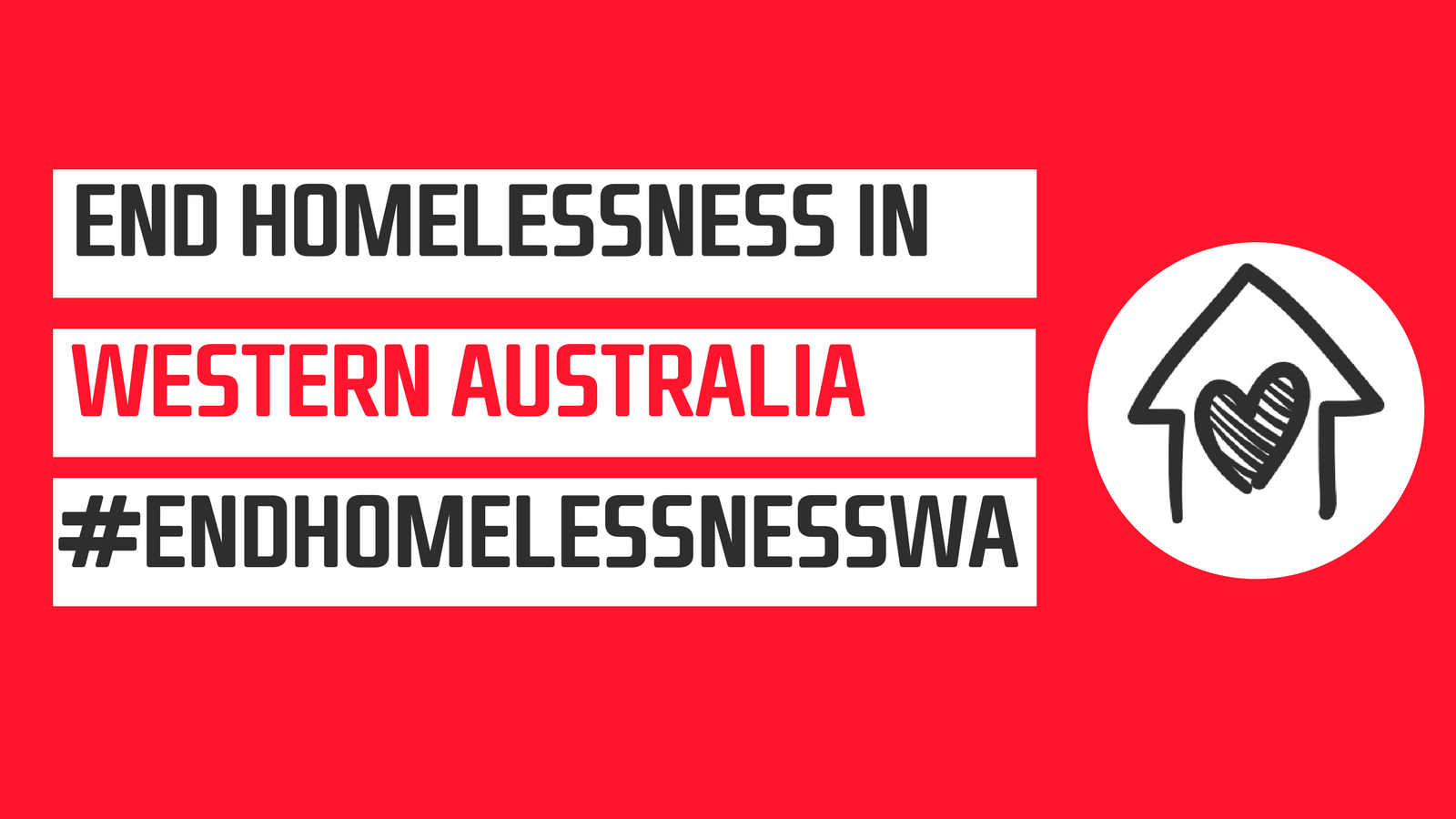Western Australian Alliance to End Homelessness Dashboard |

|
Addressing underlying drivers of homelessness in WA
Target 4
The underlying causes that result in people becoming homeless have been met head-on, resulting in a reduction by more than half in the inflow of people and families into homelessness in any one year
The causes of homelessness are complex, encompassing a broad range of individual and structural determinants, including housing availability and affordability, economic and employment opportunities (or lack thereof), physical and mental health outcomes, domestic and family violence, and social and community connections.
Young people in custody and out of home care
Indicators |
Most current values |
Trend over time |
|---|---|---|
Youth detainees in custody (Sept 2020)1 |
Aboriginal - 57 youth |
Decreasing |
Non-aboriginal - 26 youth |
Decreasing |
|
Children in out-of-home care (2020-2021)2 |
Aboriginal – 64.7 per 1000 |
Stable |
Non-aboriginal - 3.4 per 1000 |
Stable |
|
|
2AIHW Child Protection Australia 2020-21. |
||
There is an established link between young people with experience in the justice system and lifetime risk of repeat episodes of homelessness. Figure 4.12 indicates that Aboriginal youth are heavily over-represented in juvenile detention figures. The number of young people in custody has decreased in all three categories between 2014 and 2020, but looks to be increasing again in December 2020.
There is a strong association between individuals who have experienced out-of-home care and lifetime risk of homelessness. The steady trend in the rate of children in out-of-home care among the Aboriginal and/or Torres Strait Islander population illustrated in Figure 4.13 is concerning, however, it seems to be decreasing as of 2021-2022.
Almost half of young people who present alone for Specialist Homelessness Services have long-term or on-going engagement (Figure 4.14).
